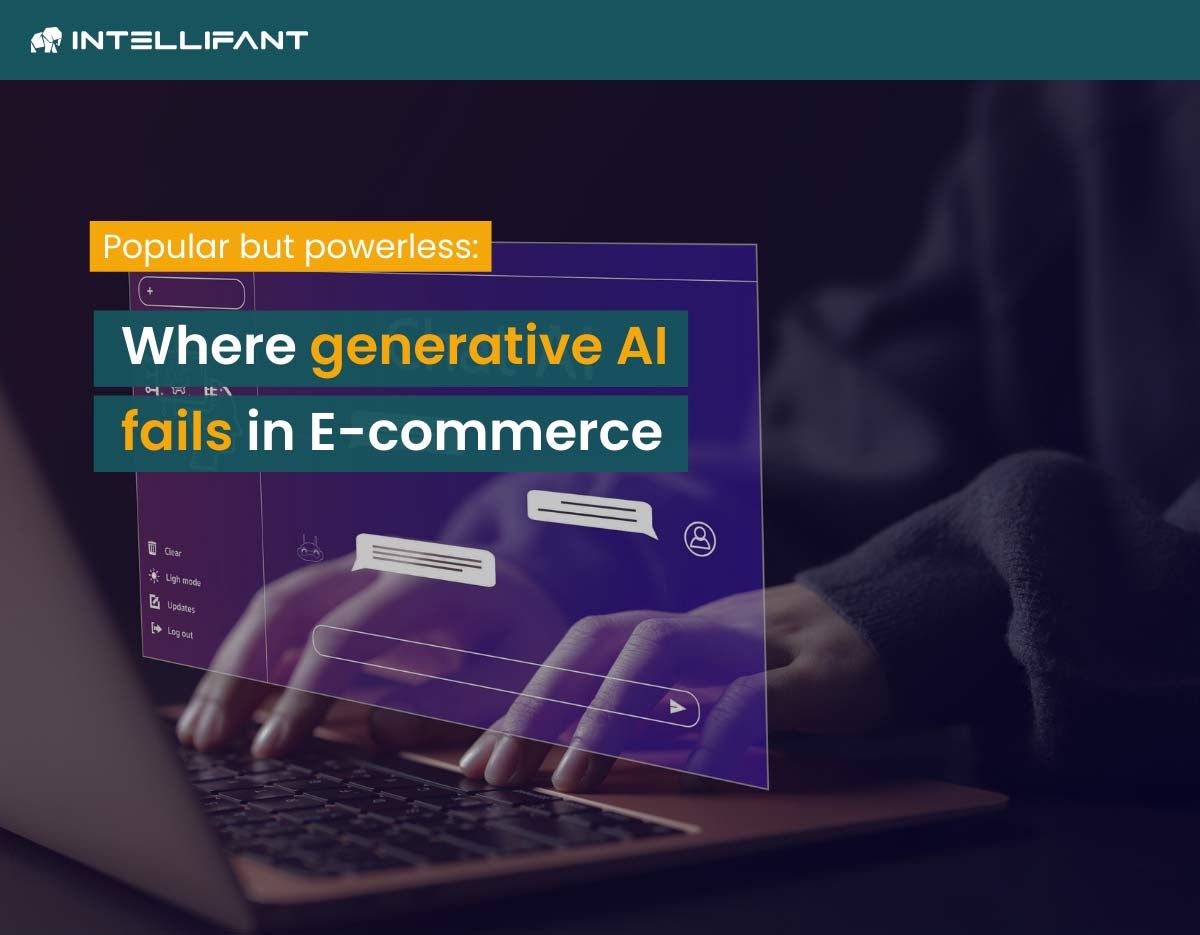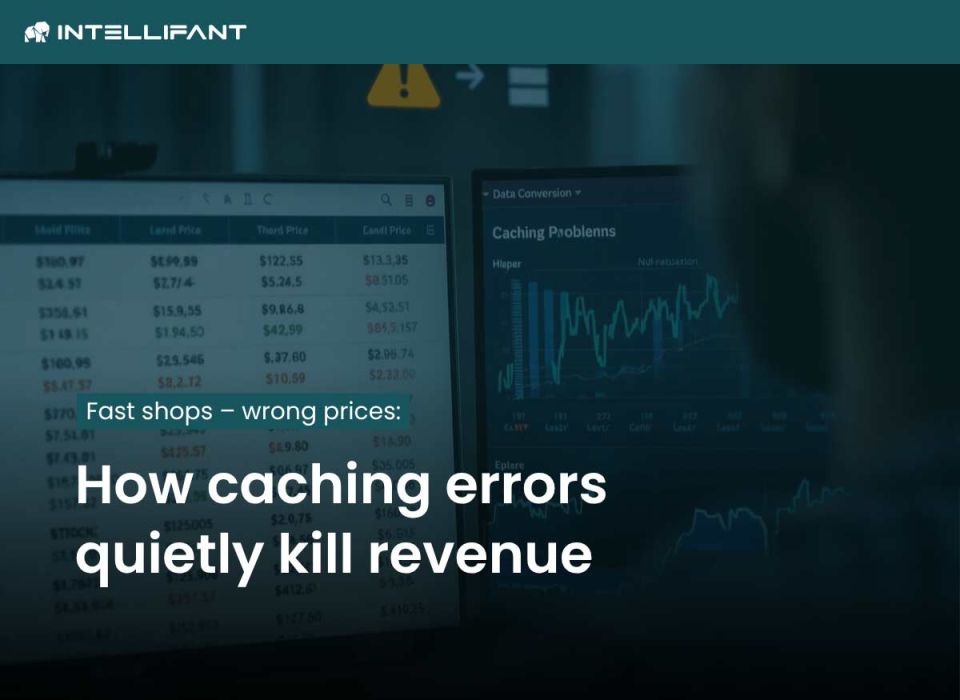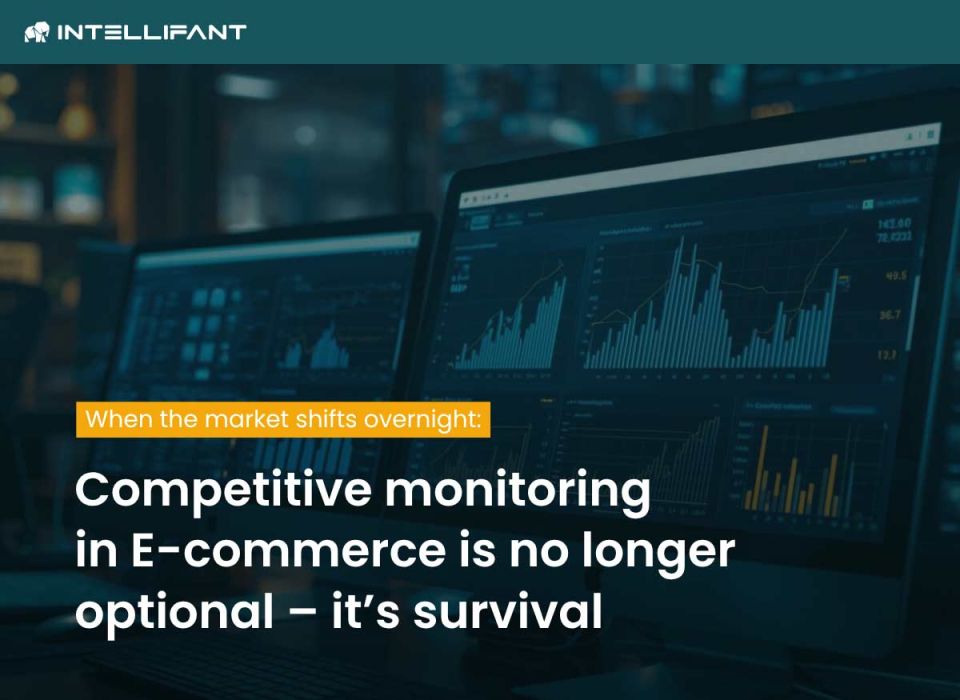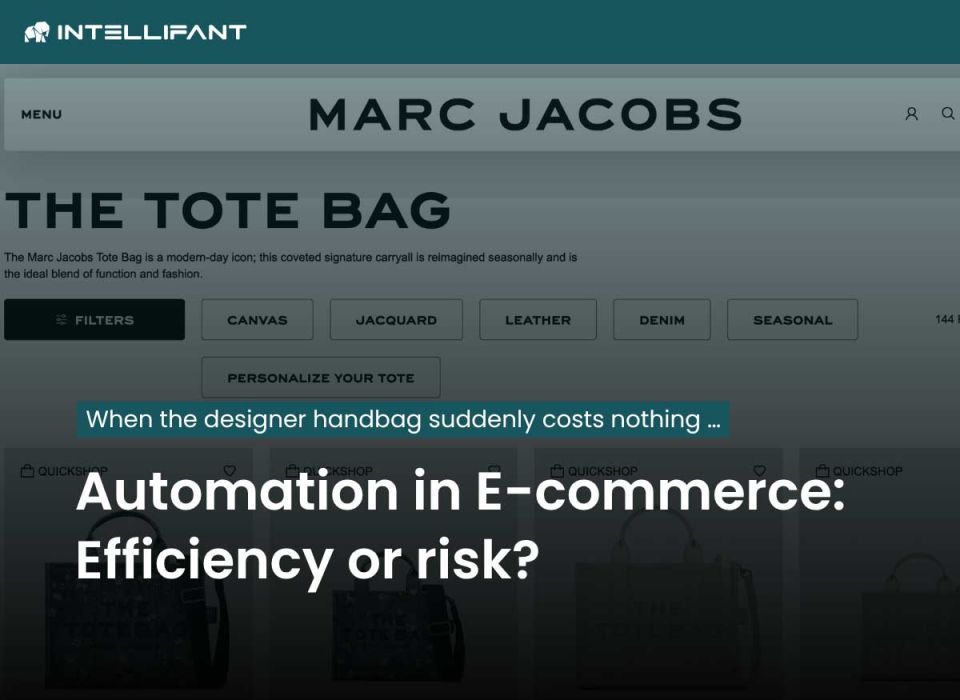Why ChatGPT & Co. cannot detect anomalies – and what specialised AI systems do better
In July 2025 alone, ChatGPT was the most downloaded app worldwide with over 52 million downloads – for the fifth month in a row. This puts the AI tool ahead of TikTok and Instagram, which had long topped the charts.
This shows that whether on mobile phones or desktops, generative AI is currently conquering every screen.
This raises the question: Why do you need a specialised AI solution when there are powerful generative AI models such as ChatGPT, Gemini, Claude or Copilot?
The thought is obvious: if these systems can write texts, generate images and program entire code snippets, why can't they also detect operational pattern deviations in e-commerce?
The answer: because they are not designed for this specific task.
Generative AI ≠ anomaly detection
Generative AI models such as ChatGPT are all-rounders. They have been trained to recognise patterns in language or code and to generate new content based on these patterns. This makes them extremely versatile – but also unspecific.
In e-commerce, anomaly detection is about something else: it is important to identify operational pattern deviations in order data, payments, check-out or prices early and reliably.
Generative AI can interpret such data, but it cannot analyse it with the accuracy required for critical business processes.
Where ChatGPT & Co. fail: the limits of generative AI
In everyday e-commerce, this means that their capabilities are not sufficient for operational stability.
Here are the three main reasons:
- Lower accuracy: ChatGPT & Co. have not been trained to detect pricing errors or conversion drops in an order system. They work with probabilities – and, when in doubt, provide a plausible but incorrect answer.
- No real-time capability: Generative models are not designed to continuously monitor transaction data. Operational processes in e-commerce require timely alerts, not static analyses.
- Lack of explainability: It is difficult to understand why a generative AI delivers a particular result. This means that the necessary transparency is lacking for critical business decisions.
What specialised systems such as INTELLIFANT do better than ChatGPT & Co.
Here lies the big difference: tools such as INTELLIFANT are not generic, but designed for e-commerce.
- Order monitoring & anomaly detection: Price errors, conversion slumps or payment problems become visible in real time.
- Real data instead of assumptions: Decisions are based on concrete transaction patterns.
- Traceable & GDPR-compliant: Every anomaly is documented and can be explained.
What this means for e-commerce retailers
Especially in e-commerce with high order volumes and multi-channel distribution, it is not enough to rely on generic AI solutions.
A PayPal outage, a faulty plugin or a pricing error in the product range can cause five-figure losses in just a few hours.
Those who rely solely on dashboards or general AI analyses often find out too late that a problem exists. With a specialised solution for anomaly detection in e-commerce, on the other hand, operational efficiency can be ensured:
- fewer pricing errors,
- fewer returns,
- greater process stability,
- and ultimately, greater customer confidence.
Conclusion: Not all AI is created equal
Generative AI such as ChatGPT is powerful – but not for everything. It has become a useful tool in many companies for content, ideas or code. However, specialised systems are needed for operational stability in e-commerce.
If you want to protect your margins, you need specialised solutions. Systems such as INTELLIFANT show what AI needs to look like when it comes to reliable anomaly detection in e-commerce: clear, comprehensible and tailored to business realities.
#ecommerce #earlywarning system #anomaly detection #business intelligence #artificial intelligence





